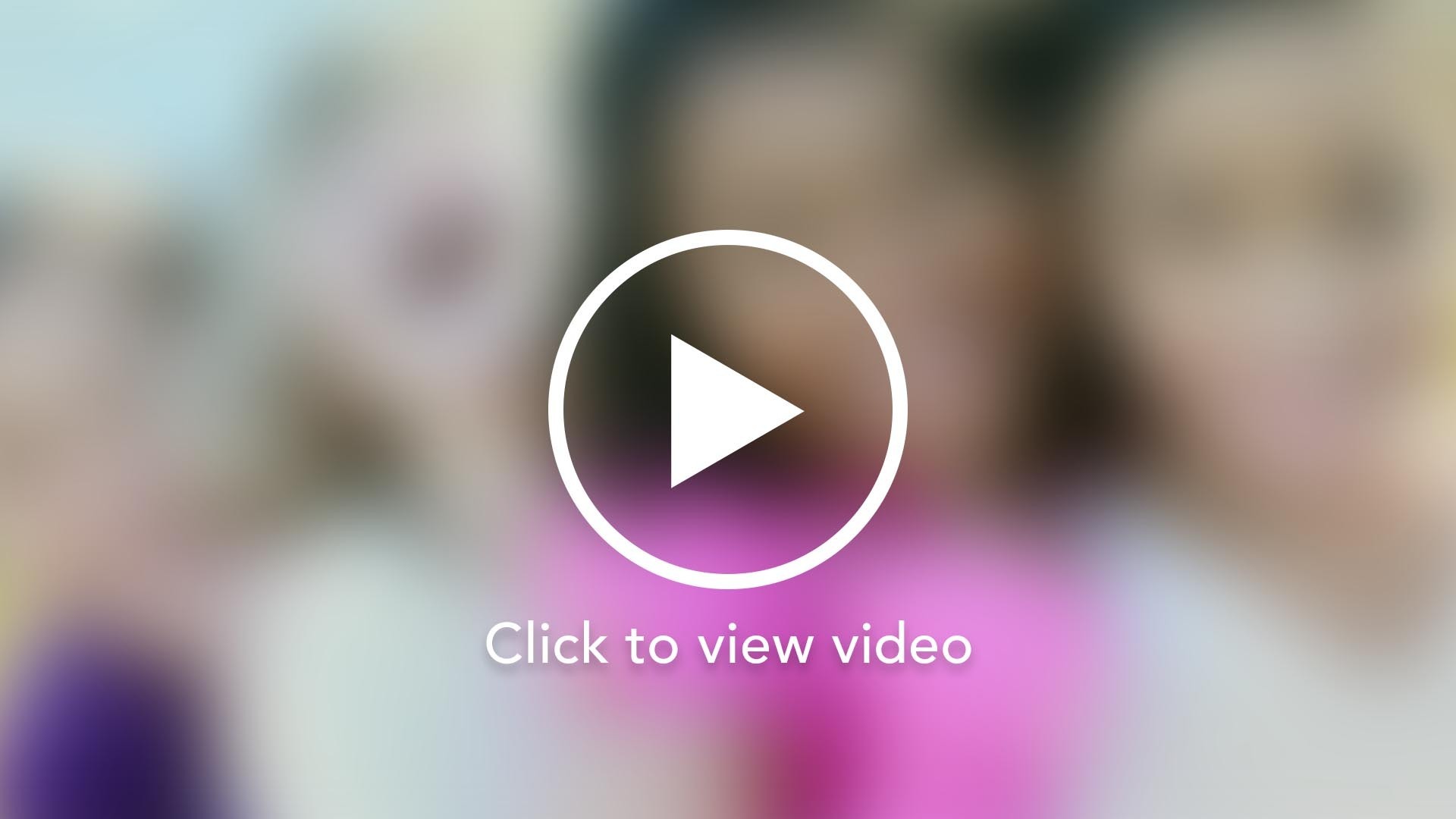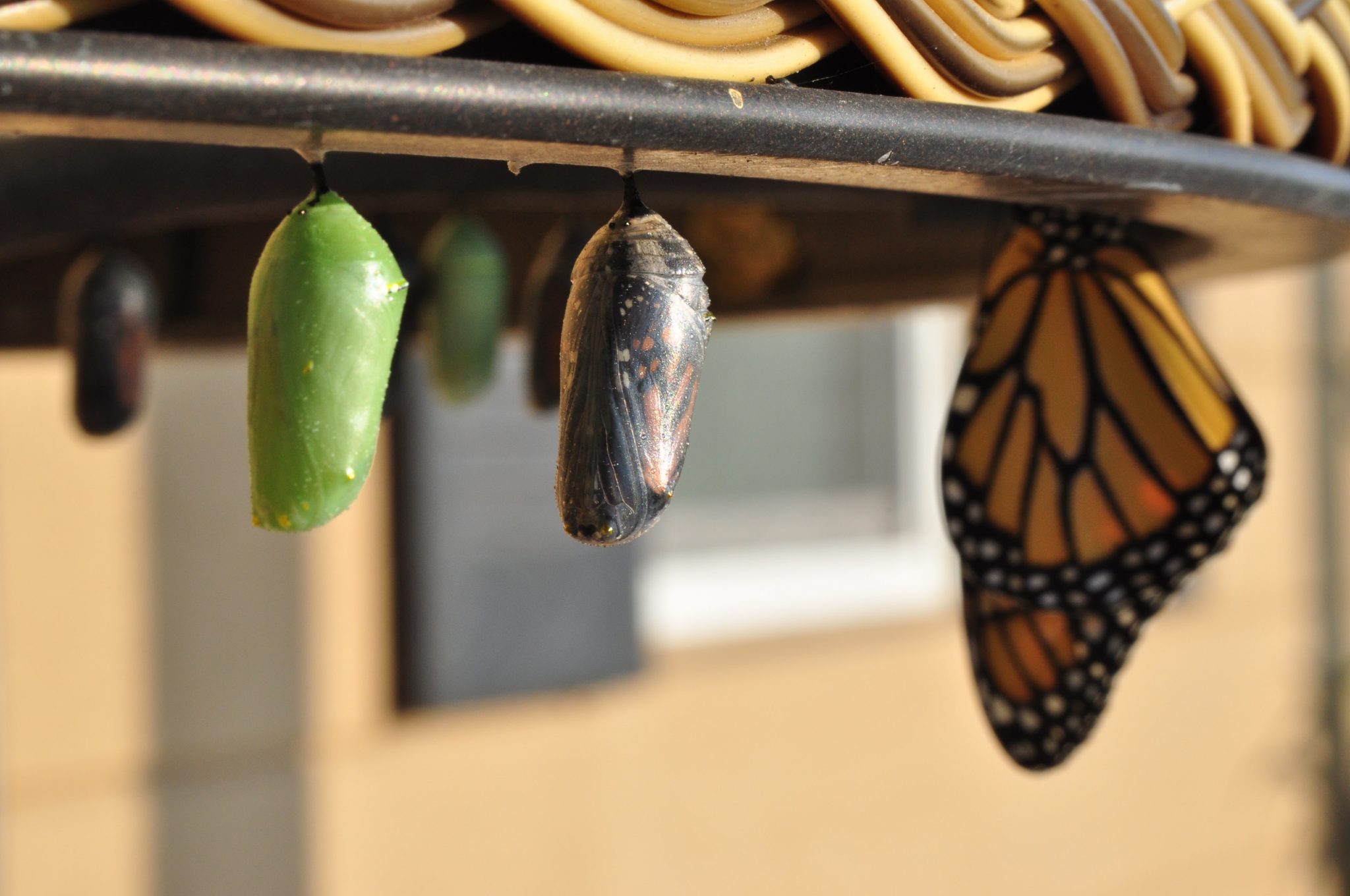COMING SOON!
Watch the Exhibit come to life

Grade K – 2

Lesson 1
Kindness: What does it mean to be kind? Discuss as a class specific examples of being kind. Why is it important to be kind and help others? With a partner or as a class, share about a time you helped someone. Teacher clicks on the video link and narrates the story of the princess. The video can be paused to show pictures and narrated from the captions. Russian Princess Sofka Dolgorauky In small groups, children create with feet still and using their arms and hands, ways to demonstrate kindness to each other.

Lesson 2
Hidden Children: Hardships What is hardship? Discuss as a class. Teacher reads aloud and shows pictures using the link above. A short video at the end is also available. Why did children have to hide? What do you think it was like to stay still and quiet? Stand or sit on the ground. Don’t move or talk. Teacher uses a timer to see how long students can do this. Was this easy or hard? Have you ever felt scared? Why? Would you be willing to hide someone to keep them safe?

Lesson 3
Helpfulness Many people tried to save Jewish families. In Le Chambon, a village in southern France, almost everyone, including children, helped Jewish people, most of whom were children, to safety. Play the song and have students sing along. All About Helpfulness – Song What are some things you do to be helpful? Why?

Lesson 4
Teacher Who Rescued Jews in Denmark What does it mean to rescue someone? Students and teachers can talk about a time they rescued a cat or a dog, or kept a friend from getting hurt. Gerda Valentiner – Rescuer Teacher clicks the link and reads aloud about Gerda Valentiner, through the quote. If needed, pull up a map to show children where Denmark and Sweden are located. What else can you do at school or in your community?
Grade 3 – 5

Lesson 1
Hiding: Families, Convents, & Monasteries The town of Assisi, Italy, became a rescue center for Jews during the war. Watch this short video. Assisi Network How did the Catholic community help the Jews in this town? What would have happened if they were caught? What would you do to help someone who is treated unfairly? Discuss specific examples and actions you would take. Why is taking action to help others important?

Lesson 2
Princess Alice of Greece What does it mean to have compassion for others? How have you practiced this in your life? Princess Alice Teacher reads six paragraphs out loud to the class. Older students with phones can do this along or in small groups. Why do you think Princess Alice helped the Cohen family? What would have happened if the Nazis discovered what she had done? In spite of the danger, Princess Alice did what was needed to save lives. What would you do now to help someone in need?

Lesson 3
American Rescuers Waitstill and Martha Sharp
A Willingness to Act Students gather with their teacher to find out about the Sharps. Teachers can also group older students to watch this 9 minute video. After viewing, students discuss in small groups: What did you learn? What questions do you have? Why wasn’t America helping Jewish people come to the United States? Why did Wait still and Martha Sharp decide to help? What does it take within us to help others in danger? What would you do?

Lesson 4
Conspiracy of Decency – Denmark October 1943 In October 1943, during WWII, the people of Denmark were determined to save Jews from being deported by the Nazis to certain death. They ran a secret rescue operation smuggling Jews to safety. They saved the lives of thousands – and showed immense courage in the face of great risk. How Denmark saved its Jews Watch the video as the teacher reads the captions. Give students time to respond to what they learned and ask questions. Why do you think the Danes decided to help the Jews? Who are the students and neighbors in your community in need of help? Make a plan to take action.
Grade 6 – 8

Lesson 1
Resistance To defy Adolf Hitler and the Nazis during the Third Reich in Germany was incredibly serious. Resistance against the Nazis and the government would usually result in someone being taken to a concentration camp, or even worse being sentenced to death for treason. The guillotine was used during this time in Nazi Germany and was used to execute many who opposed the rules and those who were deemed to be traitors. Helmuth Hubener – Life and Death
Click on the link to watch the video with a partner or read about Helmuth Hubener in the paragraphs below. Take note of what you learned and how you felt. Why was Helmuth willing to give his life to protest Nazi policies?What would you have done? Where can you help now for those in need? Make a list and a plan for action. Use your phones to find out about the White Rose movement. Who were they? What did they do in resistance to the Nazi Regime? What can you do to protest religious and racial intolerance?

Lesson 2
Defying the Nazis – The Sharps’ War Watch this 10 minute documentary about Waitstill and Martha Sharp, Unitarians from the United States who felt strongly they must do something to help the Jewish people. This wasn’t common in our country during the war. Find out why and what motivated the Sharps to help. What did they do? What risks did they take? Why is understanding history important? Who would you stand up for in your school and community? How would you do this? Why does it matter?

Lesson 3
National Resistance: Albania Besa: A Code of Honor Click the link and read about Muslim Albanians who rescued Jews during the Holocaust. Start with the quote beneath the title. Read the introduction, then click on the photo of Nuro Hoxha. In a small group, talk about what Besa means as a code of honor. How does this relate to the quote from Herman Bernstein in 1934: “There is no trace of any discrimination against Jews in Albania, because Albania happens to be one of the rare lands in Europe today where religious prejudice and hate do not exist, even though Albanians themselves are divided into three faiths.” How did Albanians do this? What lessons can we learn and apply in the United States? How can you stand up against religious prejudice and hate?

Lesson 4
Mordecai Anielewicz – Jewish Resistance This video traces the life of Mordechai Anielewicz, from his early years in Poland, through his involvement in a Jewish youth movement, and through his role in the Warsaw Ghetto Uprising. Watch the video, then take notes about what you learned on your phone. Why is this young man’s life important to history? If you and your family were in danger because of religious beliefs, what would you do to resist and save lives? Does your school community accept students from different religious and racial backgrounds? If not, why are some students separate and silenced? Can you create a space that’s inclusive and safe for all students? How would you do this?
Grade 9 – 12

Lesson 1
The Silent Hero: Marcel Marceau Jewish Member of the French Resistance Students look up the word pogrom and then watch the video using this link. WWII Resistors – Marcel Marceau Discuss with partner or in small groups: Who was Marcel Marceau? What did he do for the French Resistance? Why is this important to learn? What issues do you see in today’s world regarding religious and racial persecution? Does history repeat itself? What can you do to resist injustice and support others?

Lesson 2
Artist Samuel Bak Samuel Bak – Pucker Gallery Click on the link and look closely at the images on the page. With a partner, make a list of what you notice in each painting. What is the artist trying to say? What feelings rise for you as you look closely at the work. Why is art important to understanding the Holocaust? How can art express the religious and racial issues we face today? What forms might these take (music, drawing, dance, writing, etc.)? What would you create to take a stand? Reflect and write on your phones.

Lesson 3
Lutheran Pastor Dietrich Bonhoeffer “Silence in the face of evil is itself evil: God will not hold us guiltless. Not to speak is to speak. Not to act is to act.” Use your phone and this link to read about Dietrich Bonhoeffer What did you learn about his life? Discuss with a partner. “Silence in the face of evil is itself evil: God will not hold us guiltless. Not to speak is to speak. Not to act is to act.” What does Bonhoeffer mean in this famous quote? Use your phone to write a response, including a time when you remained silent instead of speaking out. What will you do differently?

Lesson 4
Rescuers & Upstanders came from a variety of national, social, and religious backgrounds, disregarding concerns for their personal safety. Discuss in groups of two or three: Would most people choose to risk their own lives by rescuing another person? Why or why not? What would you do to help another, especially in the face of religious and racial persecution and injustice? Are there specific circumstances or events where you’d put your life at risk to help another person? These aren’t easy questions to answer. It is, however, important to talk about as it relates to history and current events.